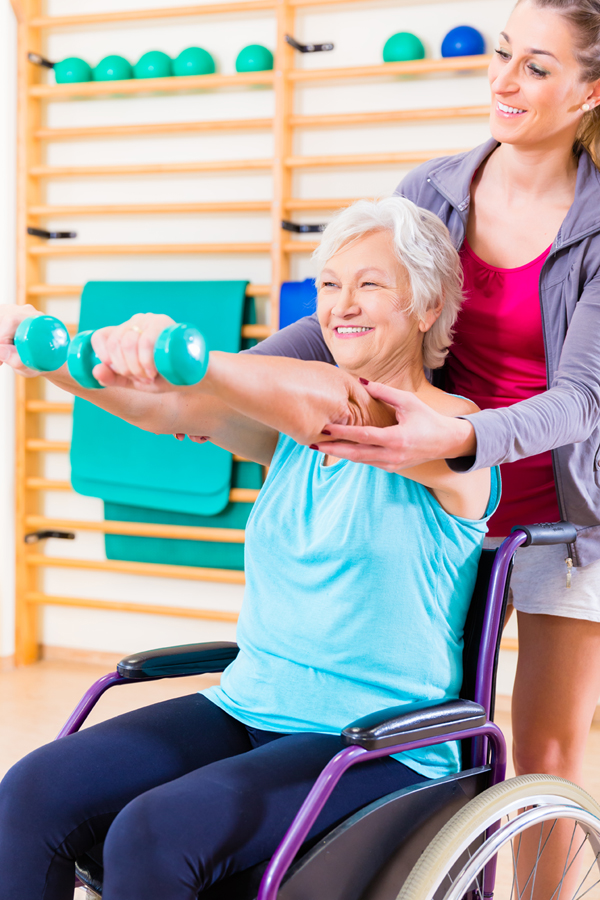A Population in Need of Trainers
No one looks forward to the day when they need to have a joint replaced. It can seem intimidating, and for good reason. Many patients can have a fairly extensive recovery period with some never regaining full use of the joint in question. But this doesn’t have to be the case. If they prepare properly, they can avoid a great deal of pain and frustration from recovery.
Every year in the United States, there are over 600,000 knee replacement surgeries alone. Hip and knee replacements are very common in those suffering from osteoarthritis, and they are in need of a critical professional — personal trainers.
The Need
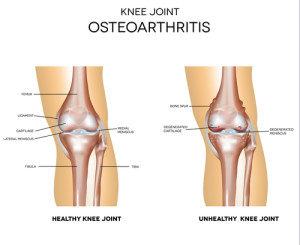 Osteoarthritis primarily affects older adults over 50. As opposed to most millennials today, this generation of adults didn’t grow up with exercise being a regular part of life. As such, there is a high degree of sedentary people who also suffer from osteoarthritis and needing joint replacement.
Osteoarthritis primarily affects older adults over 50. As opposed to most millennials today, this generation of adults didn’t grow up with exercise being a regular part of life. As such, there is a high degree of sedentary people who also suffer from osteoarthritis and needing joint replacement.
The research is pretty clear — those who are more physically fit have fewer complications in surgery and, above all, require significantly less time to recover afterward. The problem is that a significant portion of this population do not exercise and do not know how to do so safely. Thus, the special skillsets that personal trainers have are incredibly valuable to them.
Training Focus
For most people facing joint replacement, there is a two-fold objective: weight reduction and muscle strengthening. This is because the less the patient weighs, the less pressure is placed on the recovering joint. Furthermore, the stronger the supporting muscles are around the rest of the body, the better-able the patient is to regain mobility.
As such, the training program should include:
- Cardiovascular training
- Upper and lower body muscular development
- Core strength
- Range of motion development
Above all, the key to training these clients is SAFETY FIRST. These clients are already suffering from joint pain, and excessive training can make the situation that much worse.
Helping a Growing Network
The population of older adults suffering from osteoarthritis and needing joint replacement is on the rise. It’s estimated that in 20 years, there will be as many as 4 million procedures a year. There is a definitive need for personal trainers who know enough about osteoarthritis and joints in the body to make a difference in these patients’ lives. Word of mouth referrals from successful outcomes are a likely possibility and the opportunity to collaborate with healthcare professionals is extensive.
Learn the Essentials
 I have worked with Dr. Irv Rubenstein to put together a course like none other that will get personal trainers up to speed as quickly as possible on the essentials. We go over what happens in the joints and how they deteriorate as well as what happens during and after joint replacement surgery.
I have worked with Dr. Irv Rubenstein to put together a course like none other that will get personal trainers up to speed as quickly as possible on the essentials. We go over what happens in the joints and how they deteriorate as well as what happens during and after joint replacement surgery.
In this course, you will learn:
- The basics of Osteoarthritis and how it affects the body
- Exercise programming to prepare the client physically for surgery
- Contraindications for post-surgery and how to avoid re-injury
- Programs that will work in the home or at a gym
- An overall approach to helping clients prepare and recover safely.
Most importantly, we discuss what is safe and effective for this clientele as well as what to avoid at all costs — exercises which increase the likelihood of injury and exacerbation of pain. We look forward to empowering personal trainers to use their skills and expertise to benefit older communities that they wouldn’t normally think about when looking for new clients. This is a population in desperate need of a personal trainer’s ability, especially in the delicate days before surgery and continued work with the client once their physical therapy time has ended.
Jane Curth is the co-founder and CEO of FitFixNow. Helping people on their wellness journey is her passion; Jane has helped clients and students with their diet and fitness struggles for over 20 years.



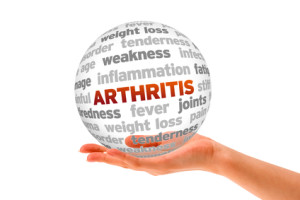 What is Arthritis?
What is Arthritis? Weight/Resistance Training
Weight/Resistance Training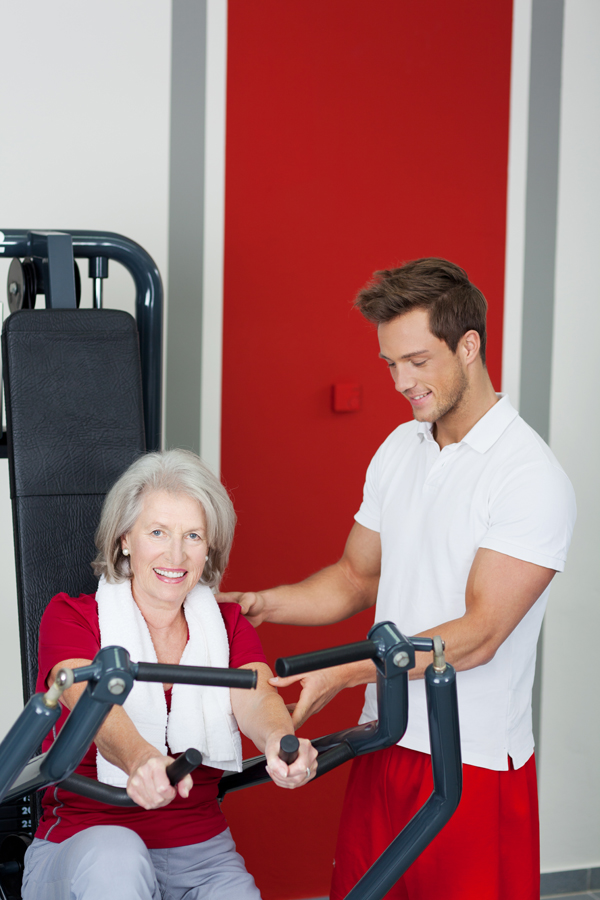


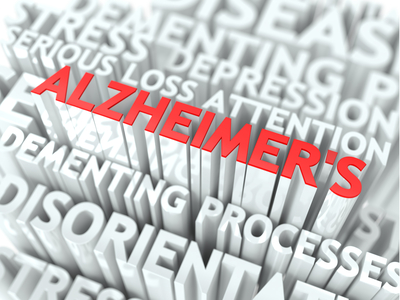
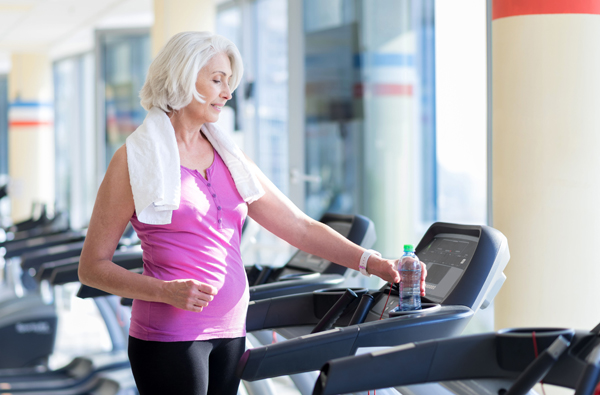
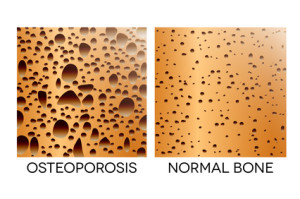 Osteoporosis is a
Osteoporosis is a  Furthermore, strengthening the muscles which surround bones and joints can have a very positive impact on the individual fighting the disease. Stronger muscles mean that, even when sitting or standing, the individual uses less of their bone structure to support their body and uses more of their muscular system. This constitutes great progress.
Furthermore, strengthening the muscles which surround bones and joints can have a very positive impact on the individual fighting the disease. Stronger muscles mean that, even when sitting or standing, the individual uses less of their bone structure to support their body and uses more of their muscular system. This constitutes great progress.